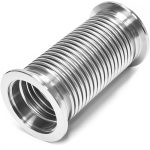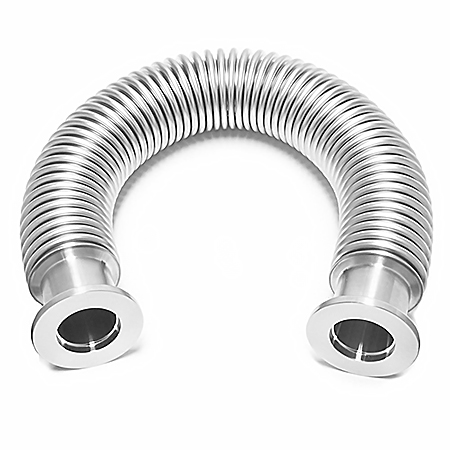
The Unit Used to Express the Helium Leak Rate
Why use the strange unit mbar · l / s to quantify the leak rate? Is there any explanation for this?
Reply:
For liquid, directly indicate that the volume of the liquid is sufficient to describe the amount of liquid. For example, if the faucet is dripping, then the amount of water dripping from the faucet in a given time is only expressed in l / h (liter / hour). However, unlike liquids, gases can be compressed and decompressed. Assuming that the temperature remains constant, the amount of gas can be expressed as the product of pressure and volume. The unit “mbar · l” currently under discussion is to tell us the amount of gas loss in the “s” time.
Background:
The concept expressed by “rate” is “per unit time”. Therefore, the birth rate is telling us how many children are born every year. The repayment rate of the new car refers to how much to pay for this car every month. Therefore, the leak rate is telling us how much gas is lost from the leak per unit time.
Let us take another example, if there is a liter of gas in the container and the current pressure is 10 bars. If these gases leak out through a leak in the wall of the container, then at normal atmospheric pressure (ie, 1 bar absolute pressure), the volume of the leaked gas will be ten liters. The ideal gas law is regulated as follows: when a gas changes from one state (internal, 10 bar · 1 l = 10 bar · l = 10,000 mbar · l) to another state (external, 1 bar · 10 l = 10 bar · l = 10,000mbar · l), the product of pressure and volume remains unchanged. If the time spent in this process is taken into account, this becomes the “rate”, and the unit used in Europe is mbar · l / s.
Another leak rate that can be considered is a rate of 1 · 10-4 mbar · l / s, which is generally referred to as “watertight”, which is equivalent to a gas volume with a fine salt particle diameter of less than 0.5 mm / sec.
The best way to describe a tiny leak rate is to think of it as the time it takes a known volume of gas to leak from a known object. For example, a leak rate as small as 1 · 10-11 mbar · l / s can be measured using Pfeiffer Vacuum’s helium mass spectrometer leak detector. At this rate, it takes 3,170 years to form bubbles with a volume of 1 cm3 at atmospheric pressure.
The units “mbar”, “liter” and “second” are very common and very easy to describe. Only the time unit “second” is one of the seven basic units in the International System of Units (International System of Units, symbol: SI ). The seven basic units are:
The unit used to express the helium leak rate
In vacuum technology, the most important physical quantity is pressure. This unit can be derived from international units. By definition, the pressure is the same as the force per unit area (unit square meter) (unit Newton = m * kg / s2). Therefore, the unit of pressure is Newton / square meter (N / m2), and it is also named after Pascal. 100 Pascals is equivalent to 1 mbar. In order for us to use more familiar values in our work, the unit Pascal is often prefixed with “hecto” meaning 100. Now, the unit of pressure can use mbar and hPa to represent the same value.
“Sheng” is not an international unit. If the leak rate is expressed in international units, we need to express it in Pa m3.s-1. This unit was established in Japan. At that time, Europe and other English-speaking countries were in a transition period. The same is true for the expression of the leakage rate, which is called the “leakage” rate according to DIN EN 1330-8.
View more bellows hose at www.labideal.com.






